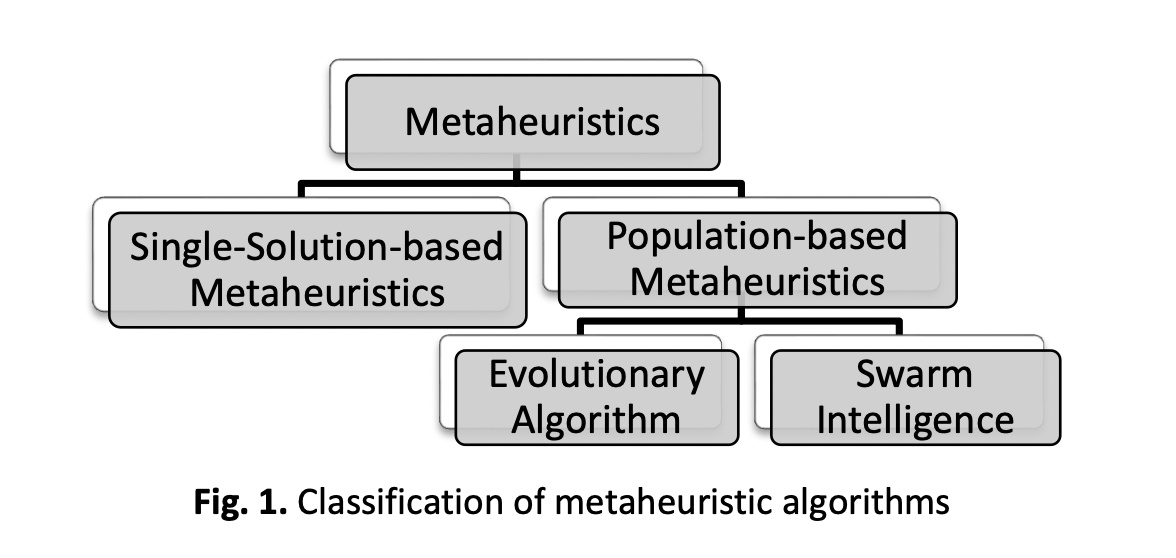A Review of Genetic Algorithm: Operations and Applications
DOI:
https://doi.org/10.37934/araset.40.1.134Keywords:
Review, genetic algorithm, operation, applicationAbstract
This article presents a review of the Genetic Algorithm (GA), a prominent optimization technique inspired by natural selection and genetics. In the context of rapidly evolving computational methodologies, GA have gained considerable attention for their efficacy in solving complex optimization problems across various domains. The background highlights the growing significance of optimization techniques in addressing real-world challenges. However, the inherent complexity and diversity of problems necessitate versatile approaches like GA. The problem statement underscores the need to explore the underlying operations and applications of GA to provide a nuanced understanding of their capabilities and limitations. The objectives of this review encompass delving into the fundamental genetic operators, such as selection, crossover, and mutation, while examining their role in maintaining diversity and converging toward optimal solutions. Methodology-wise, a systematic analysis of existing literature is undertaken to distil key insights and trends in GA applications. The main findings show the adaptability of GA in tackling problems spanning engineering, economics, bioinformatics, and beyond. By facilitating the discovery of optimal or near-optimal solutions within large solution spaces, GA proves its mettle in scenarios where traditional methods fall short. The conclusion underscores the enduring relevance of GA in the optimization landscape, emphasizing their potential to remain a pivotal tool for addressing intricate real-world challenges, provided their parameters are fine-tuned judiciously to balance exploration and exploitation.
Downloads





























